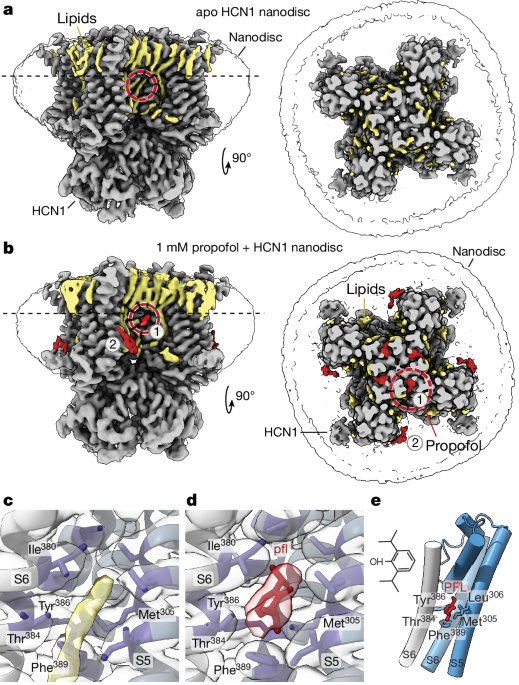Innovative Approaches to Targeting HCN1 Channelopathies in Epilepsy
Recent research highlights the potential of propofol to rectify dysfunctional mutant HCN1 ion channels linked to epilepsy. This discovery not only sheds light on a unique mode of action for the drug but also opens avenues for developing targeted therapies aimed at specific HCN channel disorders.
Understanding HCN1 Channels and Their Role in Epilepsy
HCN (hyperpolarization-activated cyclic nucleotide-gated) channels play a crucial role in regulating neuronal excitability. Mutations within these channels can disrupt normal neuronal function, leading to neurological conditions such as epilepsy. The recent findings suggest that propofol has the ability to restore proper function to these defective channels, suggesting its utility beyond anesthesia.
Propofol: Mechanism of Action and Therapeutic Potential
Typically known for its anesthetic properties, propofol exhibits a strikingly different mechanism when interacting with malfunctioning HCN1 channels. By modulating these ion pathways, propofol may not only relieve symptoms but also provide insights into designing tailored medicinal solutions for various channelopathies.
Implications for Future Drug Development
The implications of this study are far-reaching, emphasizing an innovative approach toward formulating precision medications that directly target channel-specific irregularities. Harnessing the unique properties of propofol might lead us closer to effective treatments capable of addressing complex neurological conditions characteristic of mutant ion channels.
As more evidence emerges supporting this connection between drug mechanisms and their clinical effects on channel malfunctions, it will become increasingly feasible to create customized therapies aimed at managing epilepsy and similar disorders with greater efficacy.
For further reading on this groundbreaking study, visit Nature’s website, published online on July 31, 2024 (doi:10.1038/s41586-024-07743-z).






